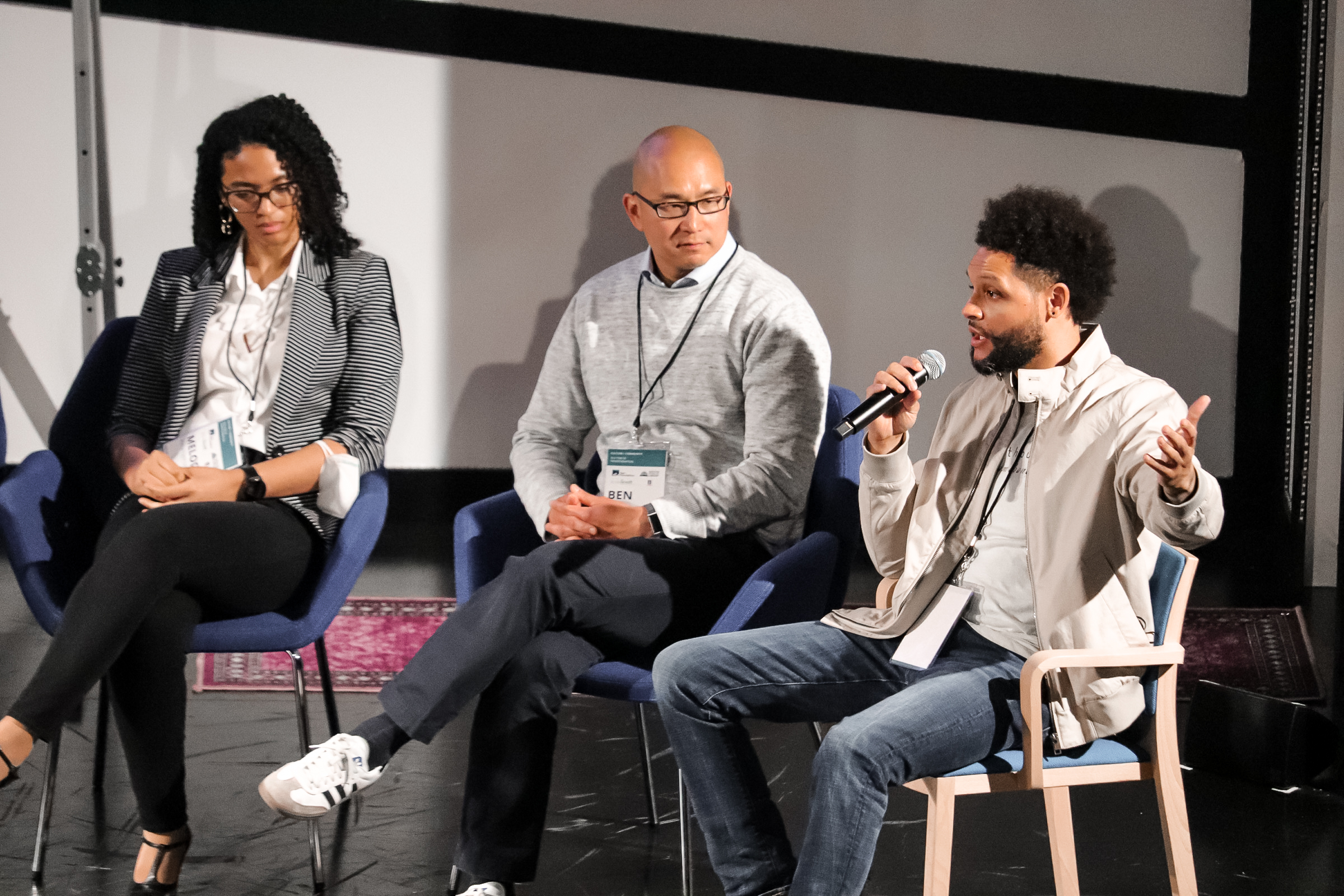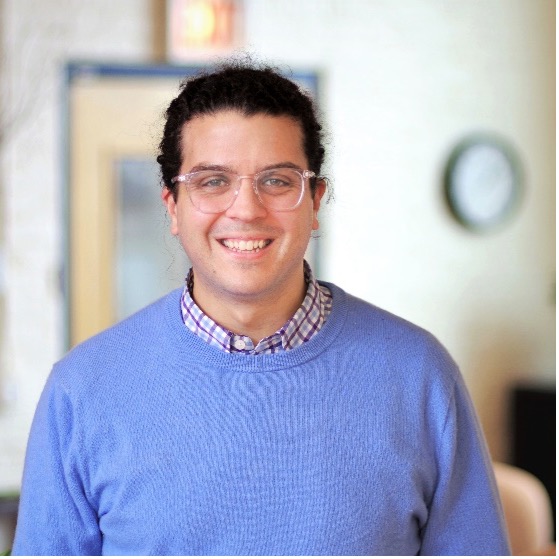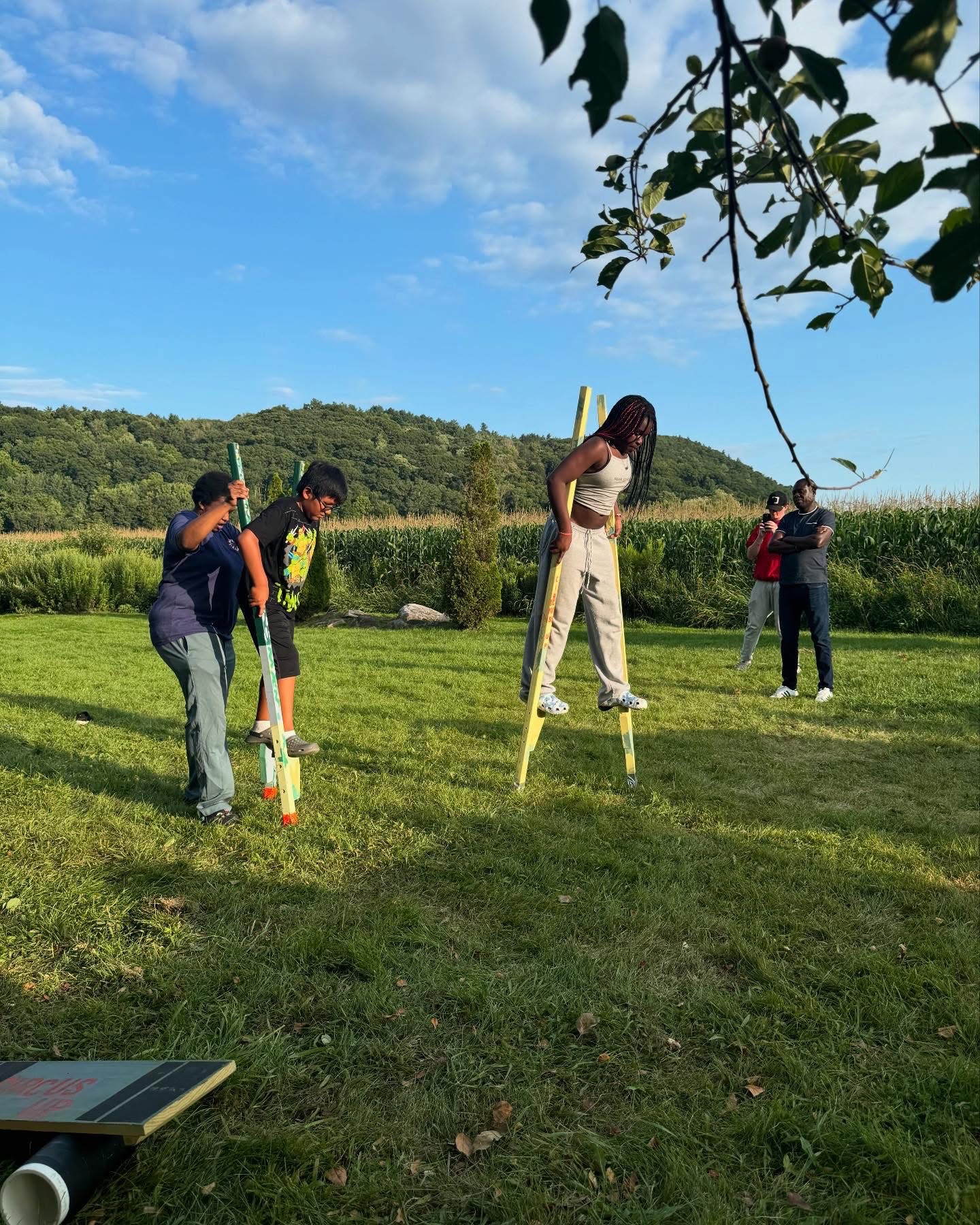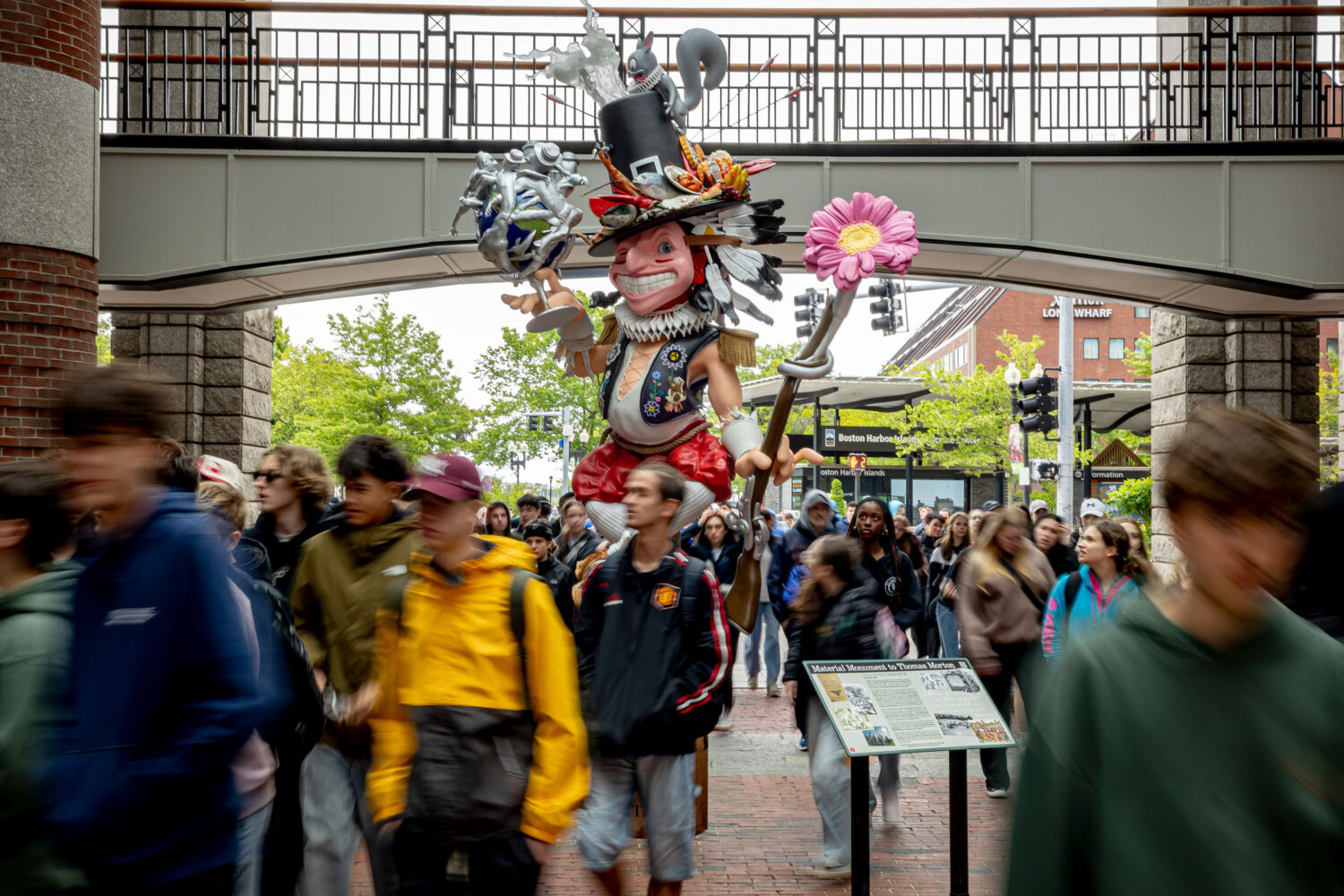This spring, my colleague, Jen Benoit-Bryan, president of Slover Linett wrote about Massachusetts findings from the national Culture & Community in a Time of Transformation research supported by the Barr Foundation. She shared how vital arts and culture organizations are to communities in Massachusetts, who have high rates of arts participation, and that most Commonwealth residents want to see arts or culture organizations change to become even more relevant to, and reflective of, their communities.
This post shifts our focus towards action. I’ll share five data-driven action options for arts and culture organizations and practitioners reflective of community priorities that we developed in collaboration with our team of advisors across the state.I will also provide an example from a Massachusetts-based organization on the leading edge of action in each of these areas. These examples and insights were initially shared during Massachusetts regional convenings (video clips featured below) that paired community research findings with reflections from local arts and culture leaders about how they’ve worked in each action area.
1. Become an anti-racist organization and combat systemic racism
A main finding in our study was that a substantial minority of Massachusetts residents believe that systemic racism is present in arts and culture organizations—from 20% to 47% depending on the type of organization in question. In the Berkshires convening, we heard from Gwendolyn VanSant who is the founding director and CEO of BRIDGE (Berkshire Resources for Integration of Diverse Groups through Education). She has partnered with many arts and culture organizations on cultural competence training and internal work toward equity and inclusion. Gwendolyn emphasized how critical internal anti-racism work is to do in order to engage authentically in this work with communities.
2. Seek deeper community participation and collaboration
Two-thirds of residents in Massachusetts wanted to see arts and culture organizations collaborating more deeply on programming with their communities. During our South Coast and South Shore presentation, Margo Saulnier, Creative Strategist at New Bedford Creative (and an advisor on this study), shared about how their team updated the Wicked Cool Places Grant after seeking, receiving, and acting on feedback from the community. Originally, the grant was designed as a place-making grant program, but they found it was overlooking members of the community who were already contributing to community spaces. They simplified the application process, shifted their focus more toward community organizers and artists, and reframed their purpose towards place-keeping as well as place-making.
3. Support all people in feeling welcome to your space, programs, or events
When asked what the most important qualities of arts and culture organizations are, nearly two-thirds of Massachusetts residents (62%) said it is to be welcoming for all kinds of people. In our Boston presentation, Ben Hires, CEO of the Boston Chinatown Neighborhood Center (BCNC) reflected on the work BCNC had done during the pandemic to host Covid-19 vaccination clinics for their community. They were able to leverage their position as a familiar and welcoming space for the Chinese-speaking community to increase the comfort of community members while getting their vaccines.
4. Explore your digital frontier (and the new audience it brings)
Another key finding from our study was the vast number of people who were engaging with arts and culture online (74%) and how, for many organizations, people were engaging online that had not visited in person in the past few years. When we presented in Worcester, we heard about digital experimentation from Zach Coombs and Issa Coulibaly, co-founders of Crocodile River Music, an organization that brings African music, art, and dance to schools and educational settings. After operating entirely in-person for 10 years, the pandemic forced them to shift and create digital teaching tools—not to supplant the in-person work they did, but to supplement that work. And one of the benefits they talked about was being able to reach audiences in parts of the country that they would never physically travel to.
5. Find your role in social change
We found that more than three-quarters of Massachusetts residents (77%) want arts and culture organizations to step up to address social issues—especially systemic racial injustice (46%), income inequality (37%), and climate change (35%). In our Western Massachusetts conversation, we heard from Carlos Uriona, Co-artistic Director and Ensemble at Double Edge Theater. He spoke about the ways they start every new planning process in their organization with values-based questions and exploration, opening themselves up purposefully to different perspectives and views both from within and from the community as well.This supports the creation of art around the social issues that are important to them and brings in new perspectives that help them broaden and grow their priorities.
Which of these action areas does your organization already reflect and prioritize? For a set of thought-starter questions about how these action areas may (or may not) be reflected in your organization that you could use to spark discussion on your team, please check out the Massachusetts Culture & Community report (pages 55-61).




